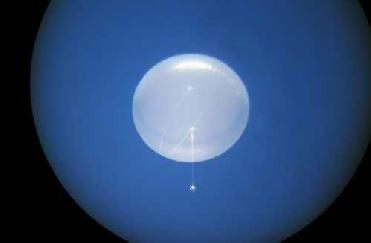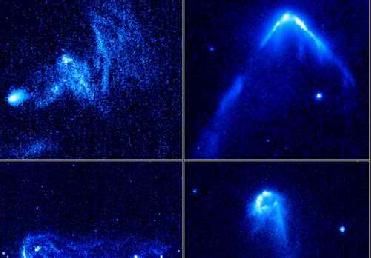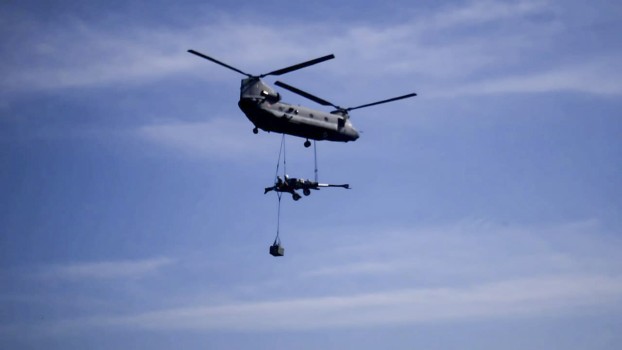
This image, taken through a telescope, is of the newly designed super pressure balloon at float altitude over Antarctica. Credit:Columbia Scientific Balloon Facilit
WASHINGTON (BNS): A new era of high-altitude research was unveiled recently after NASA and the National Science Foundation successfully tested a super-pressure balloon that will carry large scientific experiments to the brink of space for 100 days or more.
According to scientists this super pressure balloon will help in ultra-long duration missions, as it will considerably cost less than a satellite. The scientific instruments flown can be retrieved and launched again, making them ideal very-high altitude research platforms.
Giving details about the balloon, NASA said that this seven-million-cubic-foot super-pressure balloon is the largest single-cell, super-pressure, fully sealed balloon ever flown.
When development ends, NASA will have a 22 million-cubic-foot balloon that can carry a one-tonne instrument to an altitude of more than 110,000 feet, which is three to four times higher than the passenger planes.
W Vernon Jones, senior scientist for suborbital research at NASA Headquarters in Washington, said that this flight test is a very important step forward in building a new capability for scientific ballooning based on sound engineering and operational development. �The team has further work to do to enable the super pressure balloon to lift a one-tonne instrument to a float altitude of 110,000 feet, but the team has demonstrated they are on the right path,� Jones said.
NASA said that the test flight was conducted on December 28, 2008, from McMurdo Station, which is the National Science Foundation's logistics hub in Antarctica. The balloon reached a float altitude of more than 111,000 feet and continues to maintain it in its 11th day of flight. The flight tested the durability and functionality of the scientific balloon's unique pumpkin-shaped design and novel material. The material is a special lightweight polyethylene film, about the thickness of an ordinary plastic food wrap, NASA said.
David Pierce, chief of the Balloon Programme Office at NASA's Wallops Flight Facility at Wallops Island, said that the balloon development team is very proud of the tremendous success of the test flight and is focused on continued development of this new capability to fly balloons for months at a time in support of scientific investigations.
�The test flight has demonstrated that 100-day flight of large, heavy payloads is a realistic goal,� Pierce said.
NASA said that in addition to the super pressure test flight, two additional long-duration balloons have been launched from McMurdo during the 2008-2009 campaign. The University of Hawaii Manoa's Antarctic Impulsive Transient Antenna launched on December 21, 2008, is still aloft. Its radio telescope is searching for indirect evidence of extremely high-energy neutrino particles possibly coming from outside the Milky Way galaxy.
 Next Article
Next Article













The Indian Air Force, in its flight trials evaluation report submitted before the Defence Ministry l..
view articleAn insight into the Medium Multi-Role Combat Aircraft competition...
view articleSky enthusiasts can now spot the International Space Station (ISS) commanded by Indian-American astr..
view article